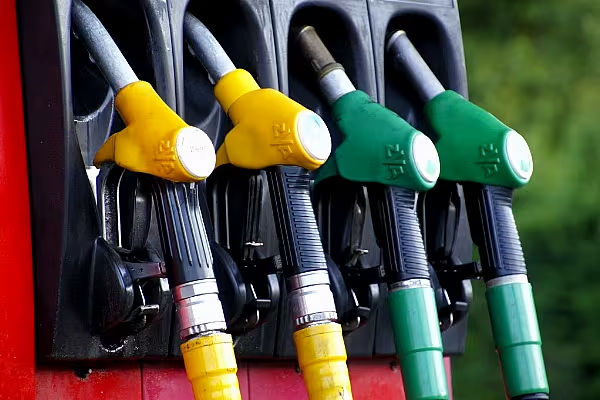Major oil companies have been steadily squeezed out of the U.S. retail gasoline business, where refueling your stomach has become as important as topping off your gas tank.
Motorists who once scoured American roadways for Exxon’s tiger or Texaco’s star now search for Buc-ee’s beaver or Wawa’s Canada goose. And millennials value the quality of food in their gas stations just as much as the price at the pump.
Now the two models are coming together, combining the strength of fuel brand recognition with new consumer preferences for a broader buying experience, and boosting profits in the volatile, competitive business of selling fuel to U.S. drivers.
“Irrespective of the operating model, the key to our growth plans is the brand,” said István Kapitány, executive vice president of retail for Royal Dutch Shell Plc, in a phone interview from London.
Partnership
In the U.S., Shell has partnered with Alimentation Couche-Tard’s Circle K, allowing it to expand the market for its Shell-branded gasoline by pairing its loyalty rewards program with the second-largest convenience-store operator in North America. Exxon Mobil Corp. has similar arrangements with Circle K and 7-Eleven Inc.
It’s a one-two punch in brand recognition that allows each party to focus on its strengths, says Charlotte Huffaker, an Exxon spokeswoman.
"Exxon Mobil brings deep fuels marketing expertise and a world-class supply and transportation network," she said. "The branded wholesalers build their businesses with local capital and are able to adapt to consumer preferences for convenience store options."
Penny Margins
Selling cheap gasoline along America’s highways was never really Big Oil’s thing. Profits at the pump are limited to pennies on the gallon, margins more frequently seen in the grocery business than oil drilling. But with $38.7 billion in gasoline sales in July, according to the U.S. Census Bureau, there are a lot of pennies at stake.
As major energy companies whittled down their retail business through sales and franchises to focus on finding and processing oil, convenience stores and big box retailers swooped in, enticing customers with one-stop shopping that offered food and basic necessities alongside gasoline and diesel.
The five largest oil companies owned 0.4 percent of U.S gasoline stations in 2014, down from 1.9 percent in 2008, according to the latest data available from the National Association of Convenience Stores, or NACS. The majority of filling stations bearing the logos of iconic companies such as Exxon, Chevron Corp. and BP Plc actually are owned by individual entrepreneurs or convenience-store chains that have long-term supply contracts with one of the major oil companies.
Growing Market
As a result, convenience stores such as 7-Eleven and Sheetz Inc. pumped more than 80 percent of U.S. gasoline purchased in 2015, up from 59 percent in 1997, according to NACS. Big-box stores like Kroger Co., Wal-Mart Stores Inc. and Costco Wholesale Corp. sold much of the rest.
“There’s a shift in people buying gas based on the quality of the sandwich as opposed to getting a sandwich based on the price of gas,” said Jeff Lenard, vice president of strategic industry initiatives for NACS.
The percentage of people who say gasoline price determines where they refuel has fallen by 6 points since 2015, to 51 percent, in a NACS consumer survey published in March. Millennials split equally at 45 percent on the gas price versus food quality question, Lenard said.
News by Bloomberg, edited by ESM. Click subscribe to sign up to ESM: The European Supermarket Magazine.














